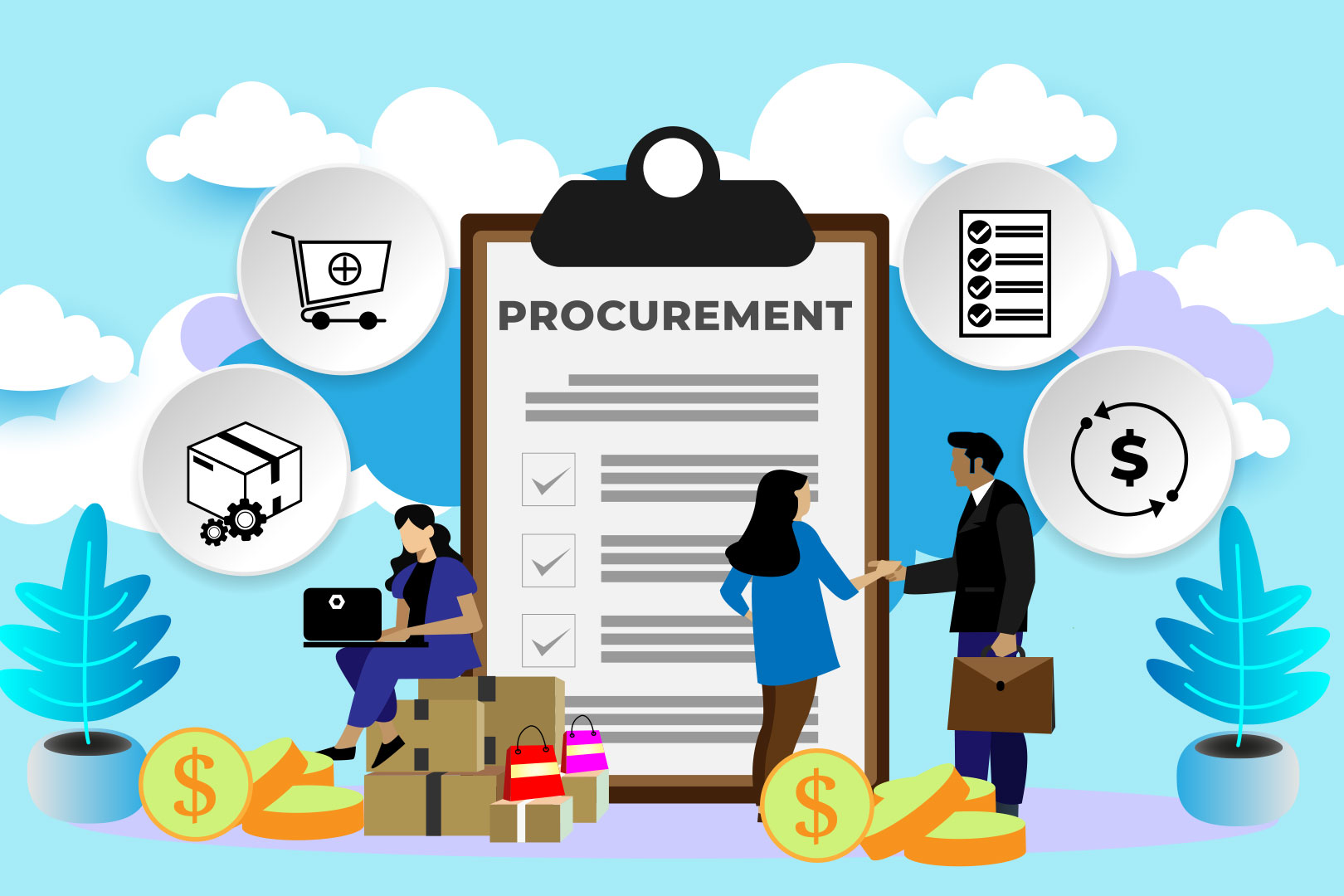
As a business aims to grow and scale its operations, the pressure on the supply chain grows. What’s good for today might not necessarily be good for tomorrow and your supply chain may not have the skills and competencies or capacity to support your company’s aspirations.
Equally, the supplier base is not infinite – and onboarding new suppliers is inherently riskier than developing those who you’re already dealing with and have some history upon which to draw.
That’s where supplier relationship management comes in – it’s not a question of carrot vs. stick, moreover a partnership where both parties enjoy success mutually and take responsibility for their part in any less-than-successful ventures too.
Why do I need SRM?
You’re probably already managing supplier relationships on a day to day basis, but an SRM programme really formalises this process so your business can thrive.
Some of the triggers for implementing a more formal SRM programme are:
- Expectations not being met – do your suppliers promise something informally then never deliver?
- Communication isn’t clear – If there’s no clarity in the communication then even small misunderstandings can derail your plans.
- Contractual disagreements – whether it’s SLA’s or pricing terms not being adhered to or financial issues causing cashflow challenges, SRM programmes help make this a thing of the past.
- Changeability – if the supply base can be inconsistent in the data they provide or they’re not on top of their performance review metrics, the impact is often felt downstream i.e. at your expense.
Objectives of SRM
Supplier relationship management is a vital function of today’s procurement department and some of the objectives are the opposite of those trigger pain points listed above.
However, from our own experience with SourceDogg customers and the tens of thousands of suppliers on our platform, some recurring objectives stand out:
- Visibility – of the supplier “universe” in one place and strategically assess the performance
- Control – knowing the best course of action when business opr projects feel unpredictable
- Data Storage – contracts, certifications, accreditations, datasheets and more in one place facilitates simpler strategic discussion.
- Communications – centralised, unified, out of the inbox, on a platform (also part of control/visibility)
- Spend – Do we know how much we spend with different suppliers? How much of our total spend for the category does this represent? How important are we to the supplier overall?
- Negotiations & Contract Management – with data on spending and performance, this leads to a stronger negotiation position and cross-checking contract terms against performance.
- Risk & Other Metric Analysis – Being able to model scenarios, whether it’s demand fluctuations or supply chain shortages, sustainability or carbon reduction demands, many of our customers were looking at SRM as a solution to specific challenges posed by the market or legislative pressure.

Improving Your SRM with Technology
Investing in a technology platform to manage your supplier relationship management provides a great foundation to managing the day-to-day supplier communication but also setting clear goals and objectives and monitoring and measuring your progress against them.
However, the platform itself doesn’t necessarily make the step change for your supply chain success until it is embedded within the organisation’s processes and is adopted by your people.
Many digital transformations fail as too much emphasis is put on technology as the solution, not as part of the process.
That’s why ease of use, adoption rates, strong customer success backup and support should be part of your consideration criteria for a supplier relationship management platform.
Many companies feel that they have SRM covered within their overly-complex ERP – but we’ve found the exact opposite. Adoption is low due to intricacy or the simple fact that it’s a platform designed for accounting, finance, logistics or managing operational stock – and not successful supplier relationships.
Some more tips to get the most out of your supplier relationships are:
Sweat the Detail
As we’ve already said, no supply base is infinite so managing the suppliers you have closely is essential, especially if they are a strategic partner or their product or service forms a large element of risk, reward success or failure of your business. It’s important to get detailed agreements formalised and agreed upon that cover all elements of the service from price to delivery, goals and SLA’s.
Alignment
This has two mutually inclusive components:
- Are your supplier relationship management goals aligned to the organisational strategies and objectives?
- Do your suppliers know what you’re aiming for and why you’re so focused on certain elements of their product or service?
Your company success should be intrinsically linked to the supplier strategy. But also, great supplier relationships are built upon common goals and interests so that you both share in mutual success. It should never feel like anyone has lost in a fair, strategic negotiation.
Collaboration
Once you have your detailed plans and agreements laid out, objectives set and aligned – supplier relationship management relies on a collaborative approach that is both open and proactive. It’s not about admonishing failures to hit KPI’s, it’s about looking at why the targets were missed. Were they unrealistic? What data did we use to define them? What can we do differently next time?
This is where coordination and collaboration meet communication – and using a singular platform to do this across your business makes a huge amount of sense. If you’re pushing for new product development, market share growth or shifting to a different product focus, having your suppliers 100% behind you is essential.
Conclusion
Supplier relationship management is an essential part of the role of the procurement department so facilitating this using the power of data and technology provides a strong foundation for success. Over time, this will produce cost efficiencies and process effectiveness that will positively impact your bottom line. Rather than shifting from supplier to supplier, which can be an incredibly risky strategy – utilising an SRM platform and focusing on establishing partnerships and developing better relationships with current suppliers may be a better way to go.





